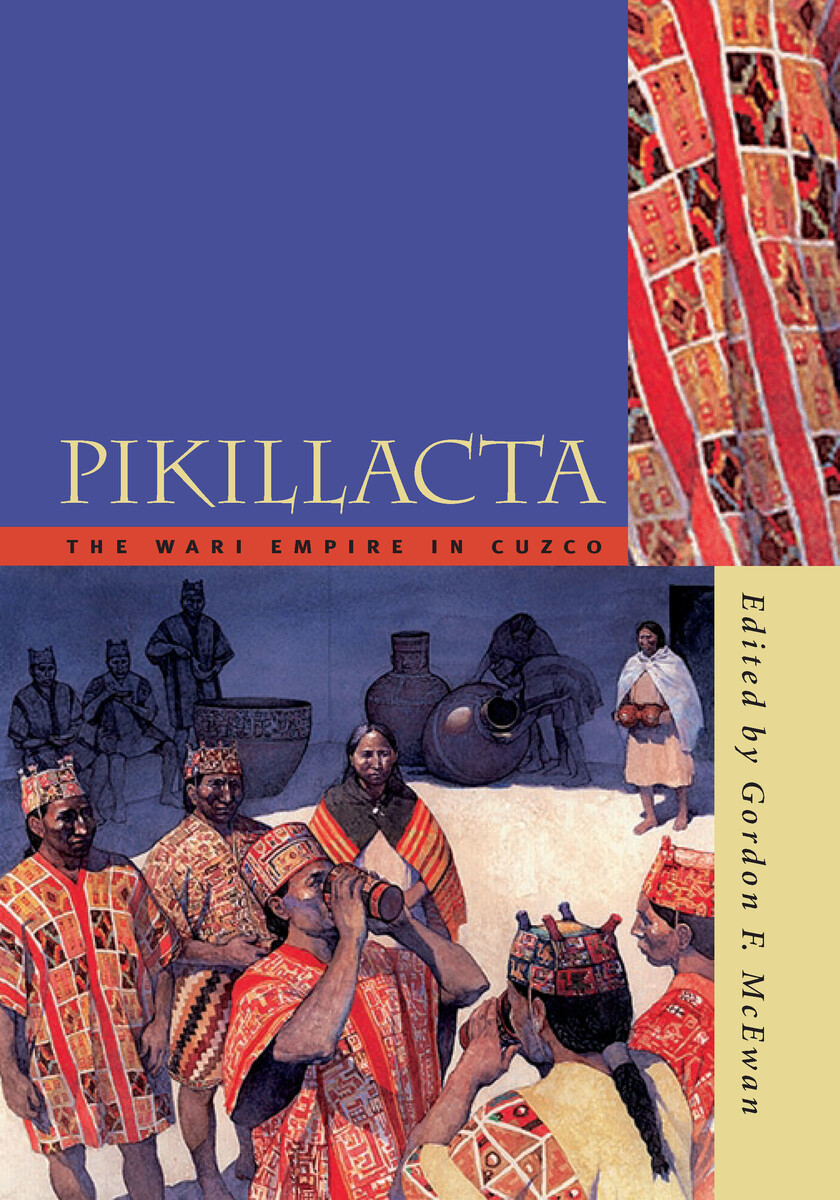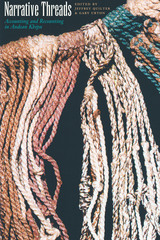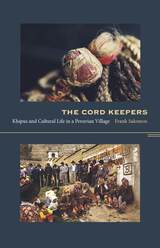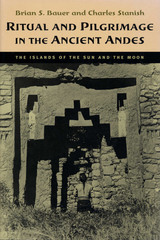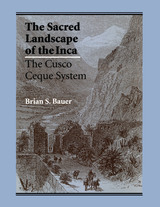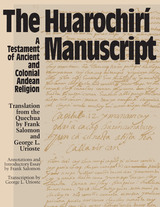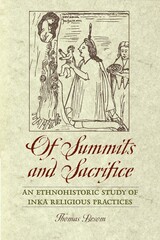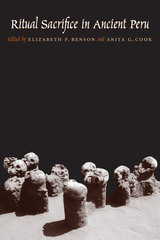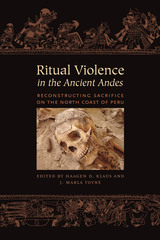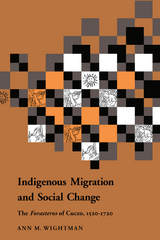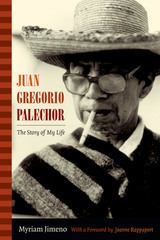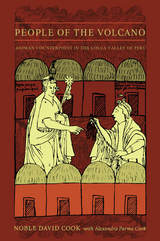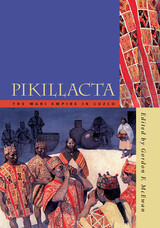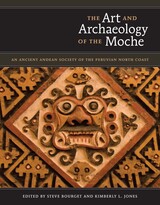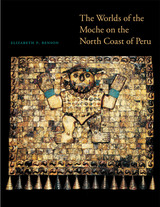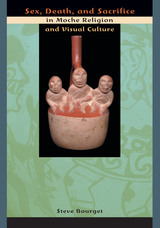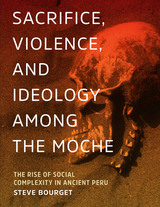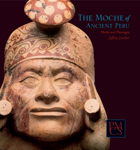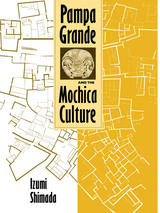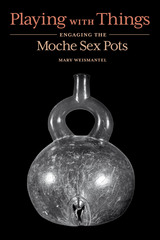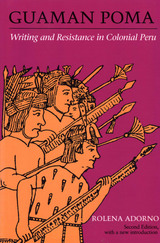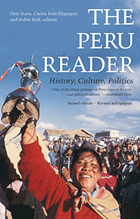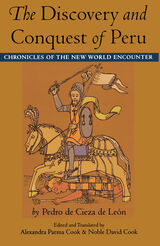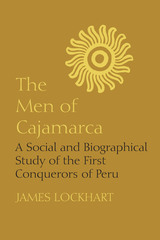Pikillacta: The Wari Empire in Cuzco
University of Iowa Press, 2005
eISBN: 978-1-58729-596-6 | Paper: 978-1-58729-458-7 | Cloth: 978-0-87745-931-6
Library of Congress Classification F3430.1.H83P55 2005
Dewey Decimal Classification 985.37
eISBN: 978-1-58729-596-6 | Paper: 978-1-58729-458-7 | Cloth: 978-0-87745-931-6
Library of Congress Classification F3430.1.H83P55 2005
Dewey Decimal Classification 985.37
ABOUT THIS BOOK | AUTHOR BIOGRAPHY | REVIEWS | TOC | REQUEST ACCESSIBLE FILE
ABOUT THIS BOOK
The origin of the first Andean imperial state has been the subject of lively debate for decades. Archaeological sites dating to the Peruvian Middle Horizon time period, A.D. 540 to 900, appear to give evidence for the emergence of an expansive empire that set the stage for the development of the later Inca state. This archaeological investigation of Pikillacta, the largest provincial site of Peru’s pre-Inca Wari empire, provides essential background for interpreting the empire’s political and cultural organization.
With engineering skills rivaling those of the builders of Cuzco itself, the Wari at Pikillacta erected more than seven hundred buildings covering nearly two square kilometers, with a fresh water supply and an elaborate underground sewage system but, enigmatically, only seven short streets and a near total lack of windows. In this long-awaited volume, Gordon McEwan and his colleagues report on the labor costs of construction (nearly 6 million man-days), the typology of Pikillacta's enigmatic architecture, and the site’s spectacular hydraulic system as well as its ceramics and chronology, human remains, and metal artifacts.
In the final section, building on his years of research and excavation, McEwan develops a hypothetical model of Wari provincial administration in the Cuzco region, arguing that the Wari were innovators of techniques of statecraft that explain the function of and the labor investment in the Pikillacta complex. His book not only substantively contributes to our understanding of when and exactly how and why Pikillacta was built and what it was used for, it also illuminates the political and cultural antecedents of the Inca state.
See other books on: Cuzco | Cuzco (Department) | Cuzco (Dept.) | Peru | Physical
See other titles from University of Iowa Press
